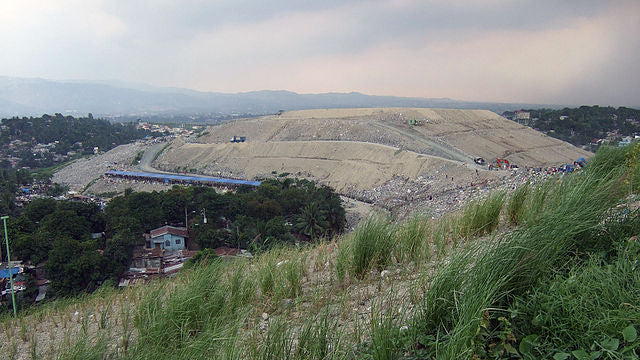Call Us
News
Landfill Safety Issues

A recent landslide at a Chinese landfill on 20th December 2015 left more than 70 people dead or missing, received worldwide attention to landfill safety. The incident, which has been declared a man-made disaster resulted due to breaches in landfill: design, operation, and safety procedures, is currently being investigated and if negligence is found to be a contributing factor, could lead to those responsible being prosecuted by the law.
The investigation, which is still underway, has currently revealed that the landslide was due to human factors rather than a natural disaster, and occurred after a pile of construction waste grew too large, causing it to collapse. The landslide flowed down a slope, burying 33 buildings situated within an industrial park, together with the people inside. The incident has not only raised questions about industrial safety standards in China, but also highlights the importance of safety on landfill sites.
Prioritizing Landfill Safety
Landfill safety is an issue of particular concern, as landfill sites present many safety challenges, and if not managed correctly, can be potentially hazardous. Firstly, due to the very nature of landfills, waste on site needs to be appropriately managed to prevent landslides like the one above from occurring. Secondly, while certain hazardous materials are not accepted by landfills, loads need to be inspected to ensure that no hazardous materials or banned chemicals are dumped onto the landfill by unscrupulous individuals. Thirdly, steps need to be taken to prevent contamination of water and air, and to prevent atmospheric emissions and ensure environmental integrity. Finally, because decomposing organic matter results in the formation of methane gas — a highly explosive gas, that is both colorless and odorless — checks and balances need to be put in place to ensure the safety of both workers on site, as well as that of neighboring communities. We will cover each of these safety issues in more detail in a series of articles focusing on landfill management and safety, including aspects such as slope design, leachate collection, gas detection and controlling atmospheric emissions.Landfill Safety Training
To ensure appropriate safety standards are adhered to on landfills, landfill operators should ensure that all staff receives appropriate training, as per the examples listed below:- SWANA Landfill Basics. Invite SWANA certified trainers on-site to provide training before site opens and that periodic refresher courses continue to take place.
- Provide SWANA Waste Screening Training
- SWANA Manager of Landfill Operations (MOLO) certifications for all key personnel
- Health Safety and understanding Federal, State and local laws.
- Generic WHMIS (Annual)
- Job Specific WHMIS Training (2-day training)
- Confined Space Safety
- Gas and Dust Mask Usage
- Transportation of Dangerous Goods
- Hazards Recognition
- Accident Investigation
- First Aid (Every 3 years)
- Fire Extinguisher Training
- Customer Service Training
- Effective Communications
- Cold & Heat Stress Training
- Accessibility Training
- Explosives Training


